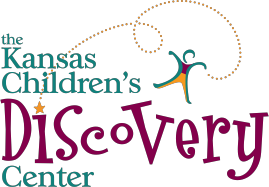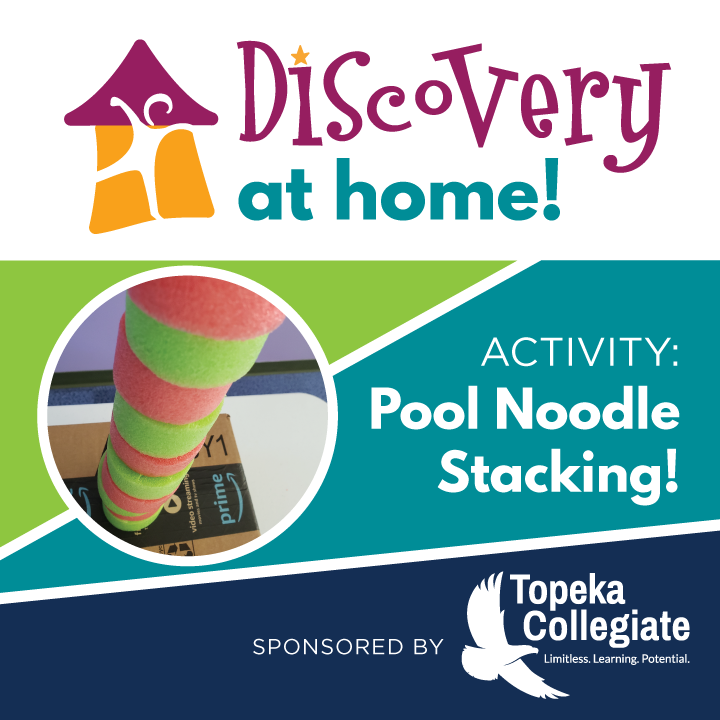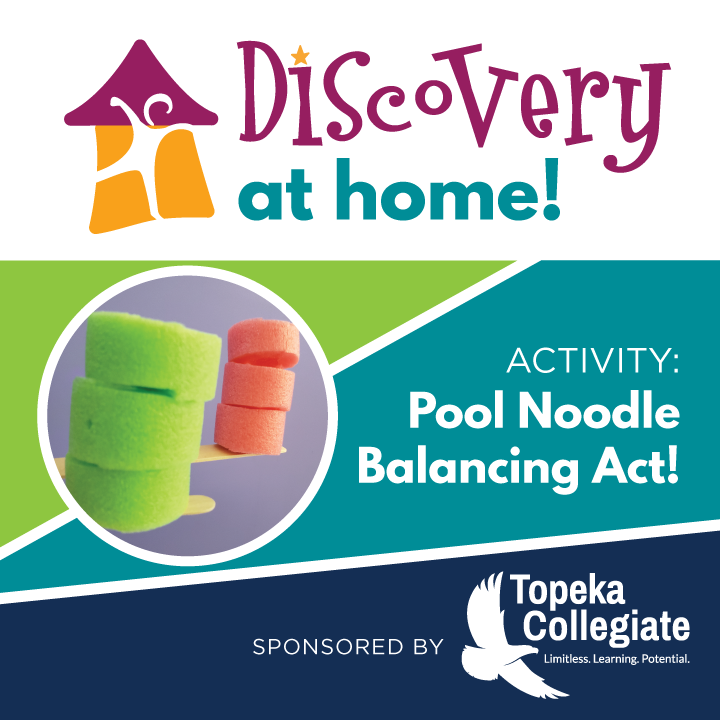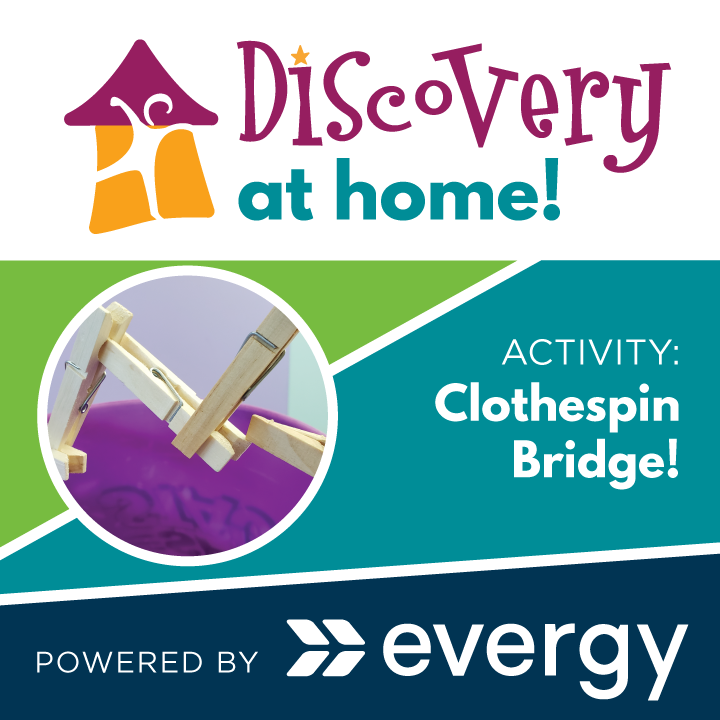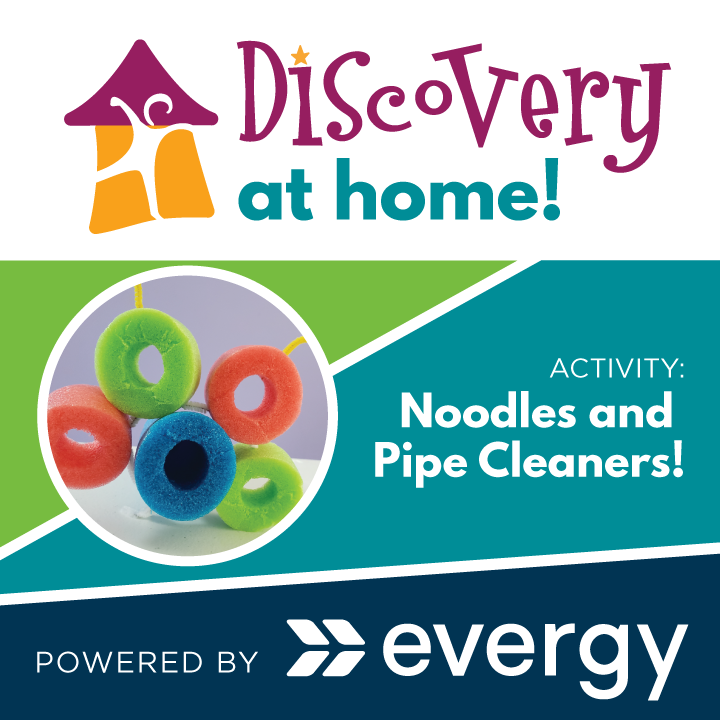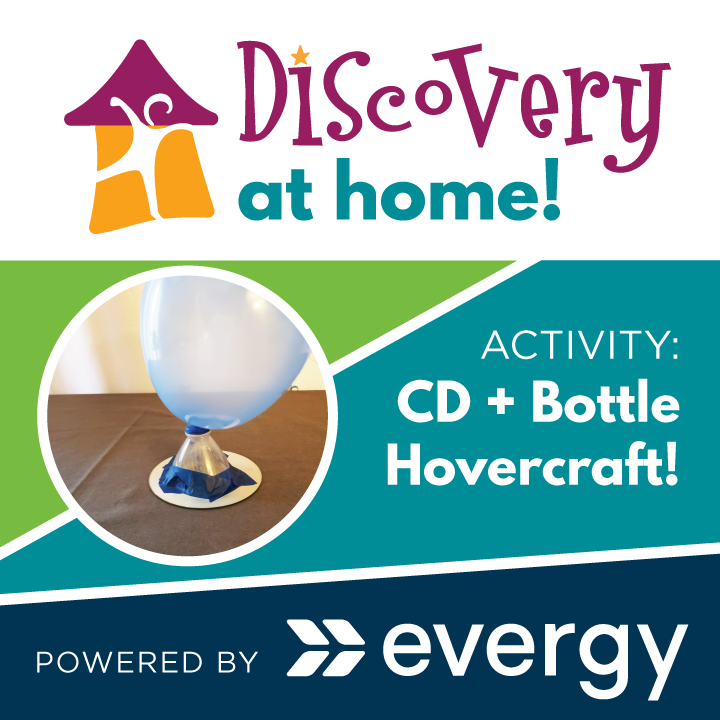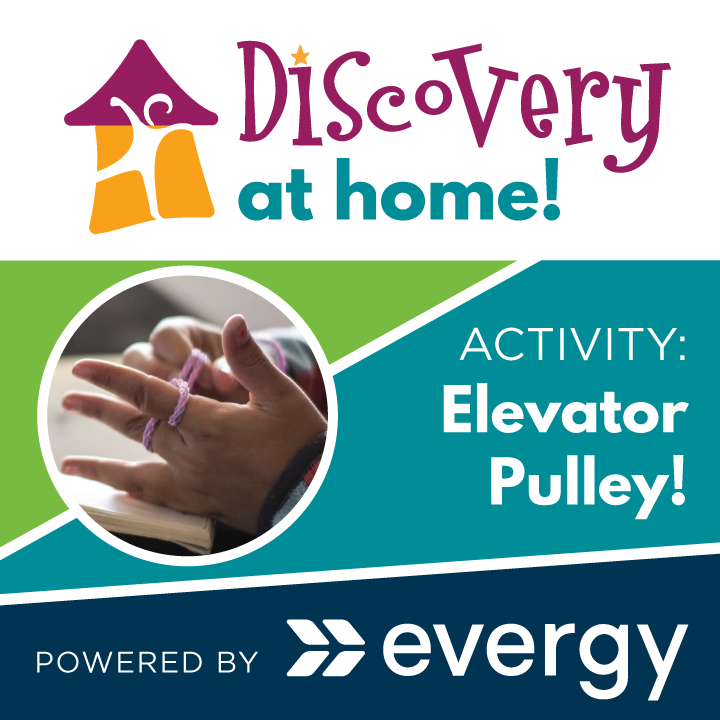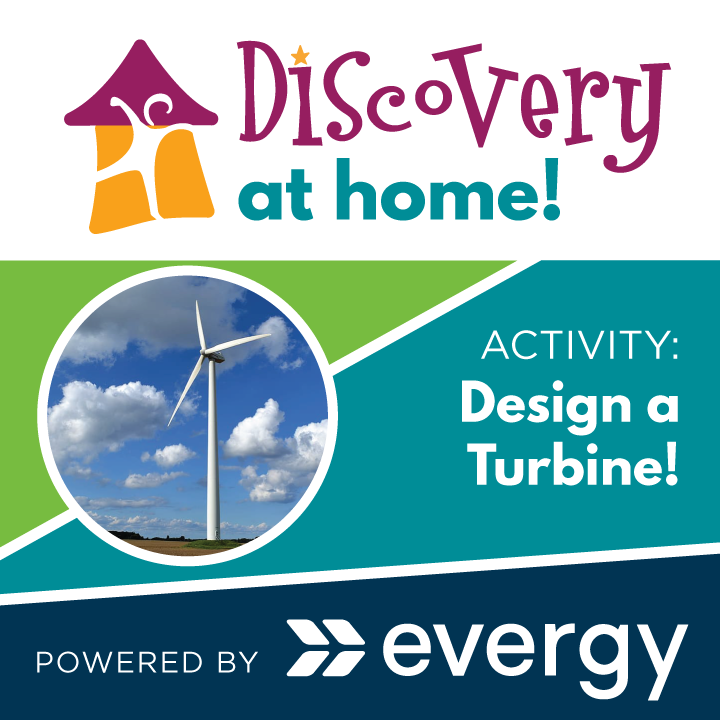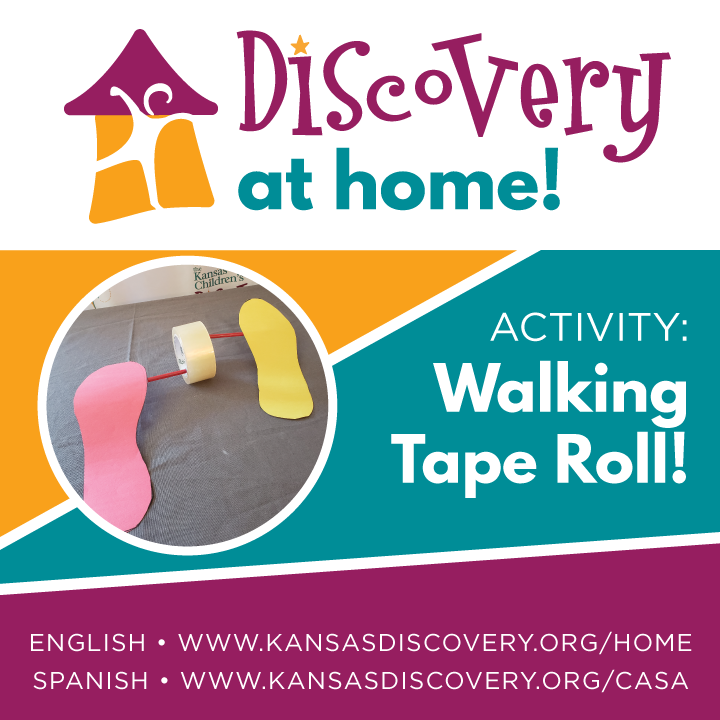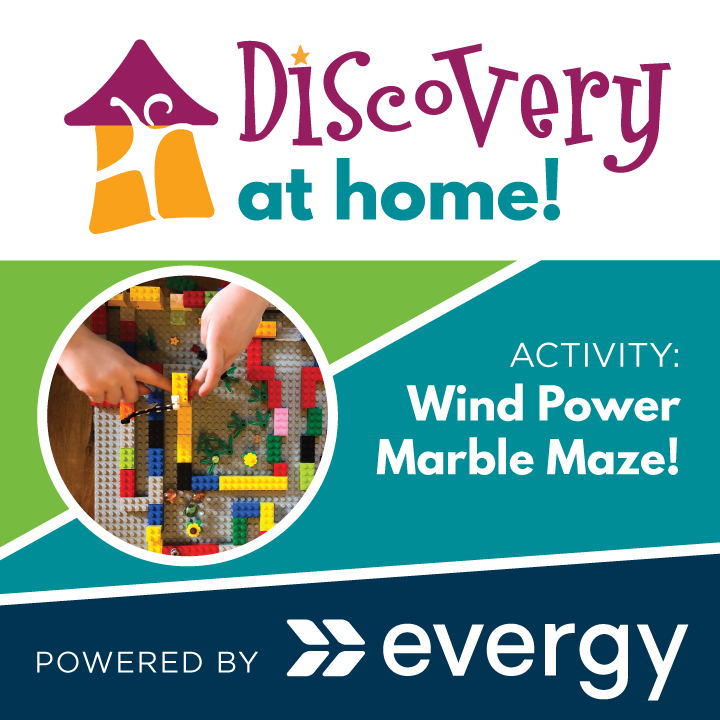What you need:
- Pool noodle discs with hole down the center.
- Dowel rod.
- Cardboard box.
- Timer.
Directions:
- Create the stand for the game.
- Poke a hole in the bottom of the box.
- Thread the dowel rod through the hole so the cardboard box acts as a stand for the dowel rod. This is where you will slide the pool noodle discs for the challenge.
- Cut out several pool noodle discs that you can thread onto the dowel rod.
- Decide on how long you will have to stack the discs and set the timer. (Try to start with 15 seconds).
- Discuss any additional rules you want to add.
- Start the timer and begin stacking! How many can you stack?
- Try it again!
Ways to Expand the Activity:
- Change it up. Identify a certain amount of discs and then time yourself to see how long it takes to stack all of the discs.
- Add a constraint. Identify a pattern (colors, sizes, etc.) in which the discs must be stacked in order for the tower to be correct.
What Kids Learn:
- Basic engineering skills. Engineers solve problems with constraints. They learn to solve problems by using the engineering design process: asking questions, coming up with solutions, building, testing and improving.
- Spatial or visual thinking. Being able to imagine the positions of objects and how they interact is an important skill for learning math.
- Fine motor skills. Kids practice using the small muscles in their hands later used for writing.
- Experimentation! When kids experiment, they're learning how to learn. Failure is an important part of experimenting, so let kids try things that won’t work. It’s how they figure things out!
- Hand eye coordination. Young children can use activities like this to help improve communication between their minds and bodies.
